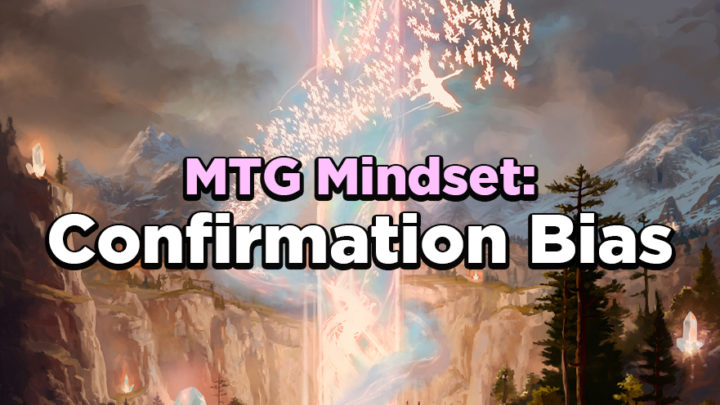Welcome back to MTG Mindset, a series about the skills you need to succeed in competitive Magic. Today, I want to talk about confirmation bias: how to spot it, how it affects your plays, and why you should try your best to remove it from your game.
What is Confirmation Bias?
The definition of confirmation bias is “the tendency to interpret new evidence as confirmation of one’s existing beliefs or theories.” In other words, people will believe whatever they want to believe. This can be dangerous in situations with some hidden information, such as a game of Magic. Once you come to believe false information, it can be difficult to not only to see a situation for what it truly is, but to dispel the false reality all together. Humans naturally want to be right and will latch onto any data that supports their beliefs, even if those data points are outliers or downright inaccurate.
Why Being Wrong Can Help You be Right
So, how does confirmation bias apply to Magic?
Magic contains so many interactions, cards, and decision points that it is impossible to know everything, so people tend to make assumptions. We can try to gain experience by looking at past situations and using pattern recognition to make more informed decisions, but this can be an easy entry point for confirmation bias.
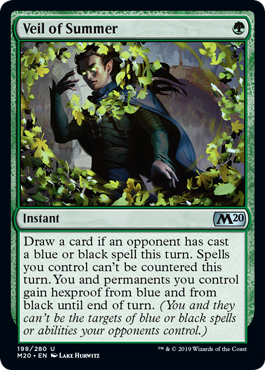
A good way to combat confirmation bias in your decision-making is to specifically look for times you were wrong and try to figure out why. When Veil of Summer was released, I immediately compared it to Autumn’s Veil, which never did much. But Veil of Summer’s ability to draw a card turned out to be format-warping, and now the next time I see a similar card, I’ll have to think more about its implications.
We experience confirmation bias whenever we evaluate decks, card choices, and play patterns. If you become convinced that a card or deck is good or bad, it’ll take a lot to change your mind. I promise you’ve been wrong before and will be wrong again. But figuring out when you’re wrong and admitting it is part of a healthy learning process that will ultimately help you improve your game.
Let’s go over a few more common assumptions Magic players have we should work to challenge.
“That Card Just Wins the Game Every Time!”
Boy, we’ve all heard this one before, right? I know I’ve heard it a ton during my time playing Death’s Shadow decks in Modern. I’ll cast a Temur Battle Rage that ends the game and my opponent will make a comment about how it’s a broken card because it always kills them. What they fail to realize is that there are also a number of games where it just sits in my hand because either I don’t have a threat in play or it simply just isn’t lethal. My opponent may not have considered this when evaluating TBR, and because they lose to it so frequently, they’re going to believe the card is unbeatable when, in fact, it isn’t.
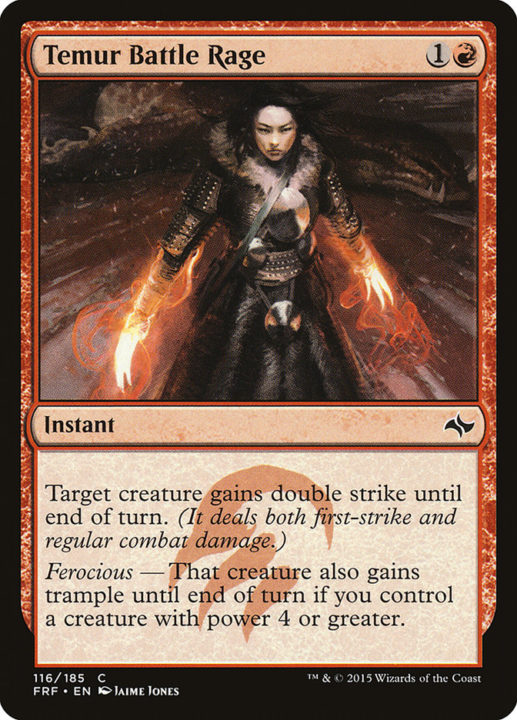
Similarly, if a card is very powerful against your strategy of choice, that doesn’t mean the card is too powerful on the balance. While Teferi, Time Raveler might be a back-breaker against many decks, it’s weak to decks containing Embercleave. If you find you’re losing to a card frequently, consider what it might take to beat it.
They Don’t Always Have It
“They always have it” is another common phrase that is rooted in confirmation bias. In the first installment of this series, I wrote about variance and probability, and this seems like a good place to revisit the topic. Does your opponent really always have it? Or did you simply play in a way that allowed them to win if they did?
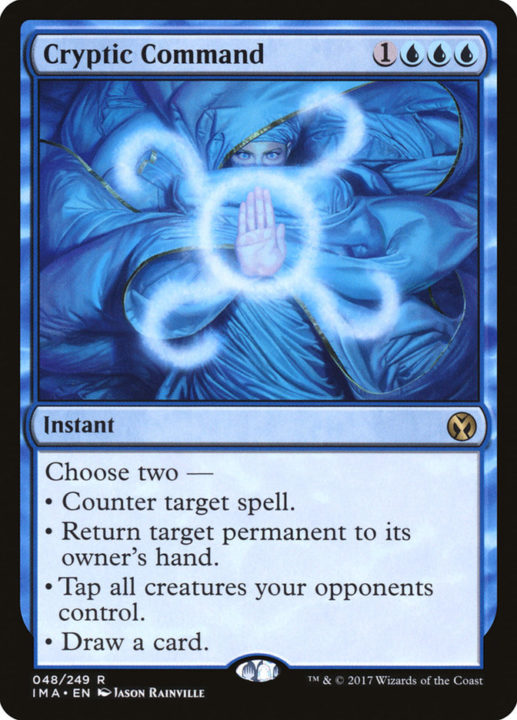
I’m sure you’ve seen a player opt not to play a spell into four open mana because they believe their opponent has Cryptic Command. This becomes a self-fulfilling prophecy: if you refuse to play spells into your opponent’s open mana, you end up prolonging the game until they eventually draw a Cryptic Command. I believe the correct play in this situation is to figure out how likely it is mathematically that your opponent has the Cryptic, how likely it is based on their previous plays, and how bad things look for you if they do have it.
There are certainly issues with both the “play like they always have it” and “play like they never have it” mentalities. It’s easy to manufacture data points that support the play you want to be correct rather than the one that actually is.
See Things From the Other Side
Looking at games from your opponent’s perspective opens you up to a ton of new information. Whenever you’re at a crossroads and are weighing the pros and cons to each choice, stop and try to put yourself in your opponent’s seat. What would they be most afraid of?
Another benefit to this line of thinking is changing your default play patterns. The plays you’ve been making could very well be correct, but it’s important to take a moment to reevaluate why they are correct.
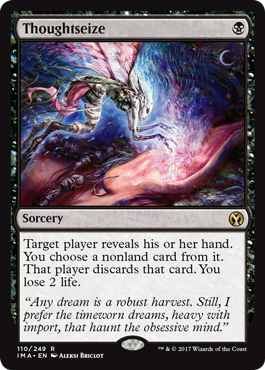
For example, let’s say you have a choice between playing a creature that will be a lethal attacker next turn or playing a Thoughtseize against your combo opponent. You should base your decision on how your opponent has been playing so far and what they’re likely to have in their hand as a result. If they’ve been casting cantrip after cantrip, they’re clearly digging for an answer; it’s reasonable to assume they don’t have an answer and you’re better off playing the creature. But if they’ve been playing more conservatively, the Thoughtseize is likely the safer line. The important takeaway is to analyze the situation instead of just autopiloting through your usual line.
Self-reflection is an important skill in Magic and in life, as is the ability to evaluate yourself honestly. My ask of you this week is to look inward and find an instance of confirmation bias, become aware of it, and do your best to minimize the situations where that bias would cloud your judgement. I’ll see you all next week with some more Modern content!

Michael Rapp is a Modern specialist who favors Thoughtseize decks. Magic sates his desire for competition and constant improvement.

